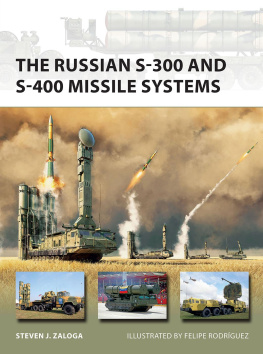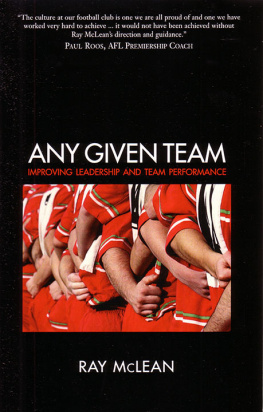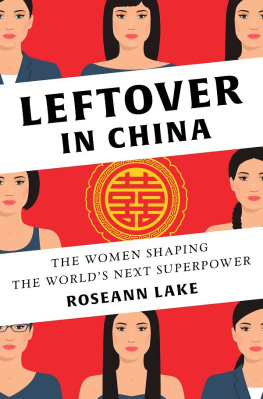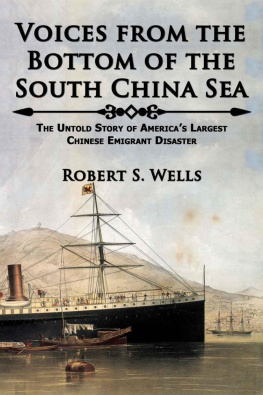SIDEWINDER
SIDEWINDER
Creative
Missile
Development
at
China Lake
ron westrum
Naval Institute Press / Annapolis, Maryland
This book has been brought to publication with the generous assistance of Marguerite and Gerry Lenfest.
Naval Institute Press
291 Wood Road
Annapolis, MD 21402
1999 by Ron Westrum
All rights reserved. No part of this book may be reproduced or utilized in any form or by any means, electronic or mechanical, including photocopying and recording, or by any information storage and retrieval system, without permission in writing from the publisher.
First Naval Institute Press paperback edition published in 2013.
ISBN 978-1-61251-363-8
The Library of Congress has cataloged the hardcover edition as follows:
Westrum, Ron.
Sidewinder : creative missile development at China Lake / Ron Westrum.
p. cm.
Includes index.
1. Sidewinder (Missile)Design and construction. 2. Naval Weapons Center.
I. Title.
UG1312.A6W47 1999
623.451910973dc21 99-27338

 This paper meets the requirements of ANSI/NISO z39.48-1992 (Permanence of Paper).
This paper meets the requirements of ANSI/NISO z39.48-1992 (Permanence of Paper).
21 20 19 18 17 16 15 14 13 9 8 7 6 5 4 3 2 1
First printing
To the men and women of China Lake
Why China Lake?
This book began innocently enough in 1986 when one of my students, Steve Wilcox, noticed a Wall Street Journal article about a guided missile. I recall Steve urging me to read the article, in spite of my protests that I didnt care about guided missiles. When I read it, I found the story irresistible. In 1956 a small team of men in a remote government laboratory created a guided missile that no one had asked for, a guided missile that soon became a world standard. Underdog stories have a fascination for me, and I began to research the little missile that could. Before long I realized the real story was not the missile but the people who created it. China Lake was a dynamic environment. Sidewinder, its best-known accomplishment, was only one among many. Little did I realize then that this book would be interwoven with the strands of my life for thirteen years.
Understanding China Lake became my goal. While the Sidewinder missile is the focus of this book, my intent is to show how this highly creative environment worked. Started in World War II as the Naval Ordnance Test Station (NOTS) (later the Naval Weapons Center [NWC]), China Lake developed weapons. It specialized in systems used by aircraft, but its contributions reached into many areas.
Its design and structure had one purpose: to foster technical creativity. It did; China Lake operated far outside the normal envelope. Sidewinder was the high point, but there were many other impossible accomplishments that China Lake carried off with aplomb. Its ability to do such things inspired all those who shared the common enterprise and sweat blood to make it function. Phrases like the golden days, Camelot, the best time in my life came easily to the lips of those who related these events. And what was golden about it? The ability to make ideas triumph.
I remember the interview with Hack Wilson. It didnt start well. H. G. Wilson had served as associate technical director of China Lake under Bill McLean and had acted as technical director himself. Retired now, he met me at the door of his home and said, I told Howie I didnt think this was a good idea. But he invited me in, and we spoke for about two hours about China Lake and Bill McLean and what it all meant. As I left he gripped my arm. Hack was glowing. Youre doing something very important, young man, he said, Go to it! He had remembered China Lake.
Bill McLean and his ideas are woven through the narratives of this book. McLean not only developed the Sidewinder, he was China Lakes most famous technical director, serving from 1954 to 1968. McLean did not create China Lake, but he helped shape it for more than two decades. When he left, China Lake would not be the same; neither would Bill McLean. China Lake suited Bill McLean perfectly. Although he did not run out of ideas when he left and moved to San Diego, fewer of his visions got realized at the Naval Undersea Center, where he became technical director. China Lakes special qualities proved harder to duplicate than Bill McLean had realized.
Sidewinder was a logical outgrowth of China Lakes approach to R&D. Just as China Lake supported Bill McLean, it also provided a nurturant environment for his concept. Sidewinder was a better missile than its competitors. That superiority was no accident. It reflected the style of R&D practiced by China Lake. By allowing Bill McLean to do what he thought was right rather than giving the navy what it asked for, China Lake created a world-class weapon. And it created many other fine systems in the same proactive, hands-on way. China Lake had technical brilliance backed by courage. Its achievements are testimony to the value of such brilliance and such courage.
This is by no means the whole story of China Lake. That is being told through a fine series of books by historians of NOTS and NWC. The third volume, covering much of the period I discuss, was being written by Elizabeth Babcock as this book went to press. This book concentrates on how China Lake was put together and how it worked. Understanding how it operated can be a guide in creating similar I have written this book to describe how they did it.
Sources
This book was written largely from the recollections of the members of the Sidewinder project and other projects associated with it or with Bill McLean. I have also used records obtained either from the participants or from official sources. Most of the interviews were carried out by me; most of the early ones, with the assistance of Howard Wilcox. I am grateful to the many people who invited us into their homes, hunted up documents, wrote out recollections, and answered our many questions. Historians Liz Babcock and Leroy Doig III, at what is now the Naval Air Warfare Center, Weapons Division, at China Lake, California, supplied me with a great variety of important materials and responded to innumerable questions. Liz Babcock especially went to great lengths to dig up materials and interviews, and her team even conducted some joint interviews with me. I await her own book, the third volume in the official China Lake history. Also helpful were David Allison, former historian of Naval Laboratories; Marc Jacobsen, historian at the former Naval Ocean Systems Center in San Diego; and Joe Marchese, then historian of Naval Laboratories. I am grateful to LaV McLean, who was kind enough to allow me access to the materials in McLeans personal files and to McLeans final notebook. McLeans patent attorney Walter Finch also supplied a number of useful documents.
A limitation on this study is that many of the materials on Sidewinders history are still classified, as are many other documents it would be useful to have. Other key documents were destroyed in a flood at China Lake in 1984.
This book began in 1986 in partnership with Howard A. Wilcox. Howie later removed himself from the project and died before it could be completed. But in many respects, this book has been shaped by his initial participation, ideas, and insights. Several other people later took on the role of associate historians for this study and acted as coinvestigators. Principal among these was the late Robert Blaise, who spent countless hours giving me essential information, insights, and feedback. Bobs death before completion of the book is deeply regretted. Other senior advisers were Tom Amlie, Burrell Hays, Frank Knemeyer, Ed Paul, Chuck Smith, Conway Snyder, Henry Swift, Glenn Tierney, and Norm Woodall. These men wrote me extensive letters and carried out their own personal investigations. They deserve special mention. They hunted down witnesses, provided conduits for key materials, and proved trenchant critics of my writing. Bud Sewell also helped recruit interviewees. In a later phase of the study, Max White, historian of the Point Mugu Pacific Naval Test Center, was kind enough to share his ideas, materials, and insights with me.
Next page







